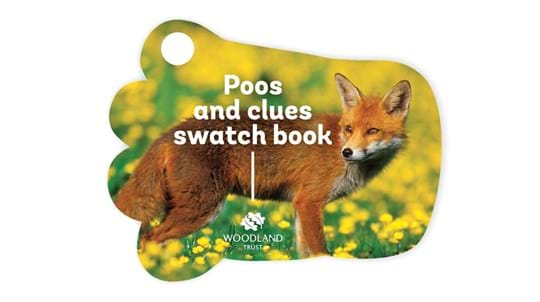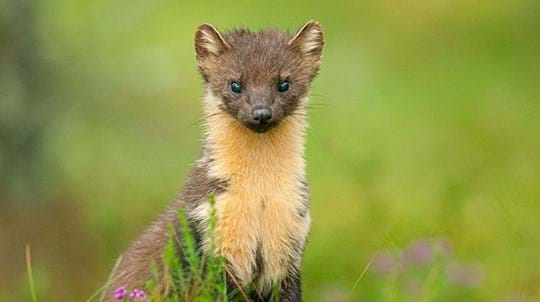
Credit: Age Fotostock / Alamy Stock Photo
What do foxes eat?
Foxes are opportunistic omnivores and this allows them to survive in a wide range of habitats. Rabbits and field voles are common prey, but a fox’s diet can include everything from worms and beetles to deer fawns and fruit. Urban foxes still hunt live prey, but will also take advantage of any food discarded by people.









